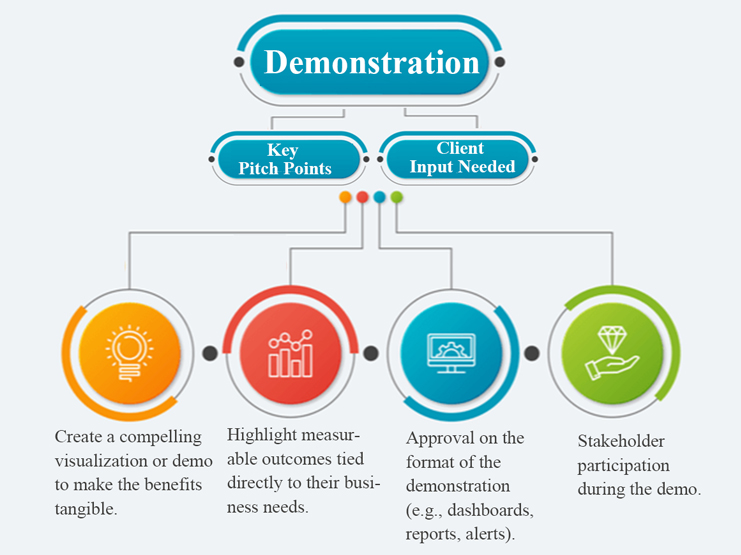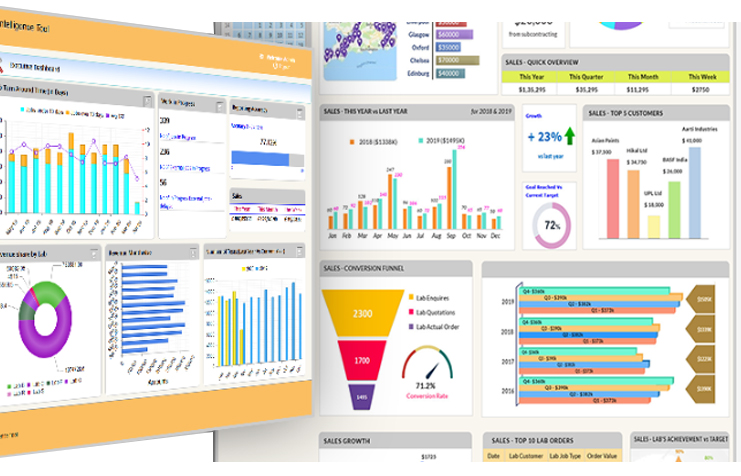Offering an AI Proof of Concept (POC) service involves several well-defined stages. Below are the stages with details and key information to pitch to clients in industries such as Testing & Inspection, Insurance, Retail, and Hospitality:

Problem Identification
Objective: Clearly define the business challenge or opportunity where AI can provide value.
Key Pitch Points:
Contact us For
Feasibility Assessment
Object Assess the technical and business viability of the AI solution.
Key Pitch Points:


Solution Design
Objective: Develop a high-level solution plan tailored to the identified problem.
Data Preparation
Object Process and prepare the data for model training.
Key Pitch Points:


Model Development and Testing
Objective: Build and test a prototype model to address the problem.
Demonstration
Object Showcase how the POC works with live or simulated data.
Key Pitch Points:


Analysis and Next Steps
Objective: Evaluate the POC’s success and discuss possible deployment options.
Packaging the POC Offer





